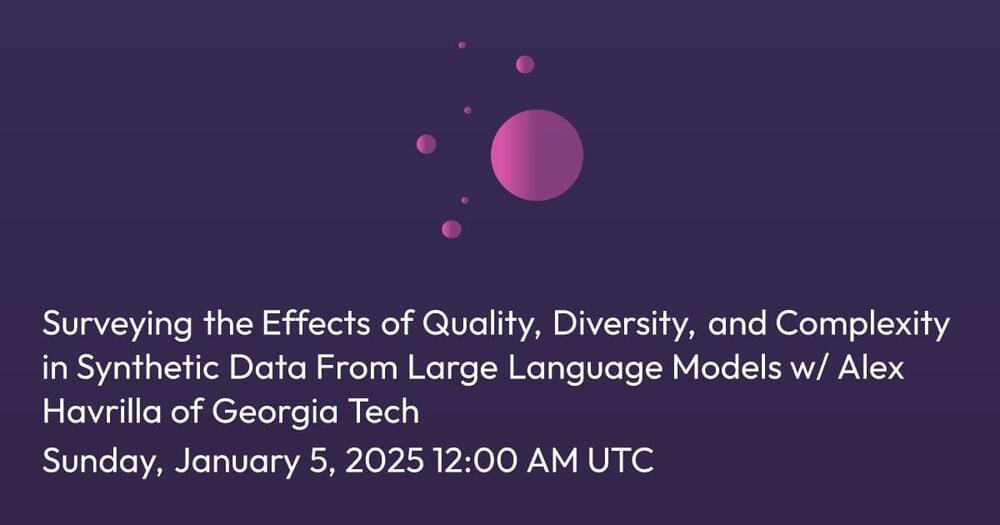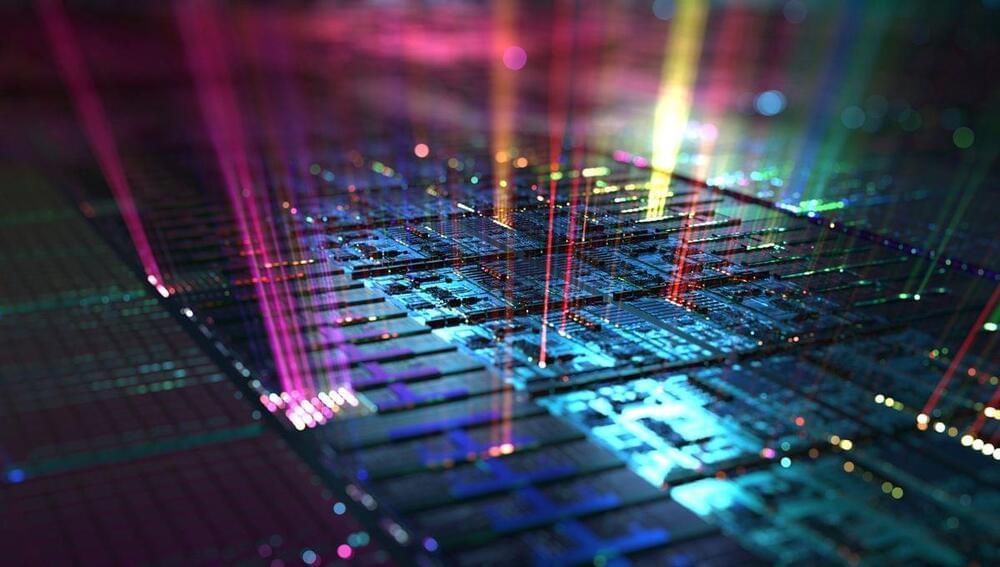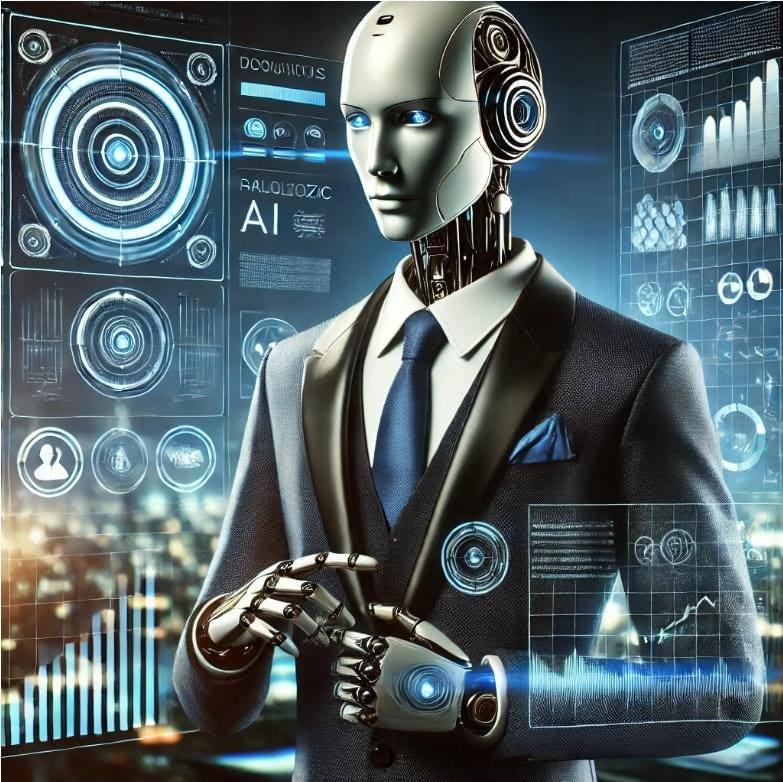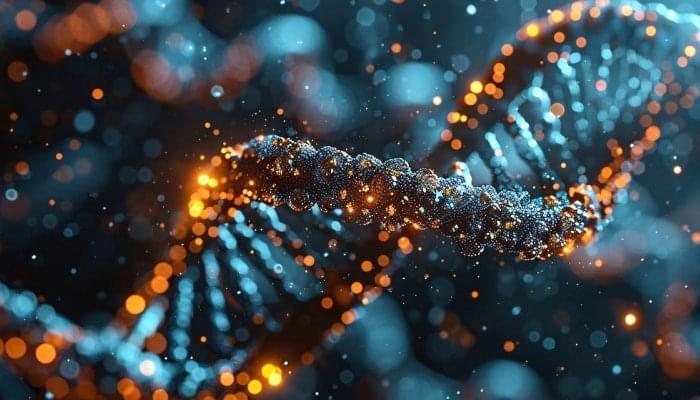Surveying the effects of quality, diversity, and complexity in synthetic data from large language models w/ alex havrilla of georgia tech.
Speakers: Cecile Tamura, Robert Pray, Riju Pahwa

Surveying the effects of quality, diversity, and complexity in synthetic data from large language models w/ alex havrilla of georgia tech.
Speakers: Cecile Tamura, Robert Pray, Riju Pahwa


A new episode of Robots In Space will premiere on Saturday, January 4th at 1 PM PT.
The topic is the mysterious Noctis Labyrinthus — Labyrinth of Night — on Mars! Mars Express is one of the spacecraft investigating it.
Discover why Noctis Labyrinthus could be humanity’s future home on Mars! Join aerospace engineer Mike DiVerde as he analyzes groundbreaking research from three Mars orbital missions that revealed extensive water systems in this equatorial region. Using data from Mars Express, MRO, and Mars Global Surveyor, learn how ancient groundwater shaped this mysterious labyrinth of canyons near the massive Tharsis volcanoes. This comprehensive analysis explains why Noctis Labyrinthus, with its potential subsurface water, caves, and strategic location, might be the perfect site for future Mars colonization. Whether you’re passionate about Mars exploration or curious about humanity’s next giant leap, this evidence-based examination of Mars geology and potential habitable zones will change how you think about settling the Red Planet.

Image credit: GrumpyBeere – Pixabay
Researchers used a refined method of ancestry analysis utilizing ancient DNA. This study represents a significant advancement in our understanding of historical population movements.
Researchers can trace human migration through DNA changes, but it’s challenging when historical groups are genetically similar.

https://80000hours.org/fireship.
Take a look at 13 trends in technology that will affect programmers and software engineers in the year 2025.
#technology #programming #thecodereport.
💬 Chat with Me on Discord.
🔗 Resources.

In the following link you will find the six most outstanding articles/videos published during the month of December on the website “El Radar del Rejuvenecimiento”
[ https://mailsystem.es/campaign-content/50033](https://mailsystem.es/campaign-content/50033 news/videos are all from reputable scientific sources and almost always published in English, but each of them includes a summary in Spanish.
As the calendar flips to the second quarter of the century, conversations about the transformative potential of Artificial Intelligence (AI) are reaching a fever pitch.

Meanwhile, scientists dug into how psychedelics and MDMA fight off depression and post-traumatic stress disorders. The year was a relative setback for the psychedelic renaissance, with the FDA rejecting MDMA therapy. But the field is still gaining recognition for its therapeutic potential.
Then there’s lenacapavir, a shot that protects people from HIV. Named “breakthrough of the year” by Science, the shot completely protected African teenage girls and women against HIV infection. Another trial supported the results, showing the drug protected people who have sex with men at nearly 100 percent efficacy. The success stems from a new understanding of the protein “capsule” guarding the virus’ genetic material. Many other viruses have a similar makeup—meaning the strategy could help researchers design new drugs to fight them off too.
So, what’s poised to take the leap from breakthrough to clinical approval in 2025? Here’s what to expect in the year ahead.